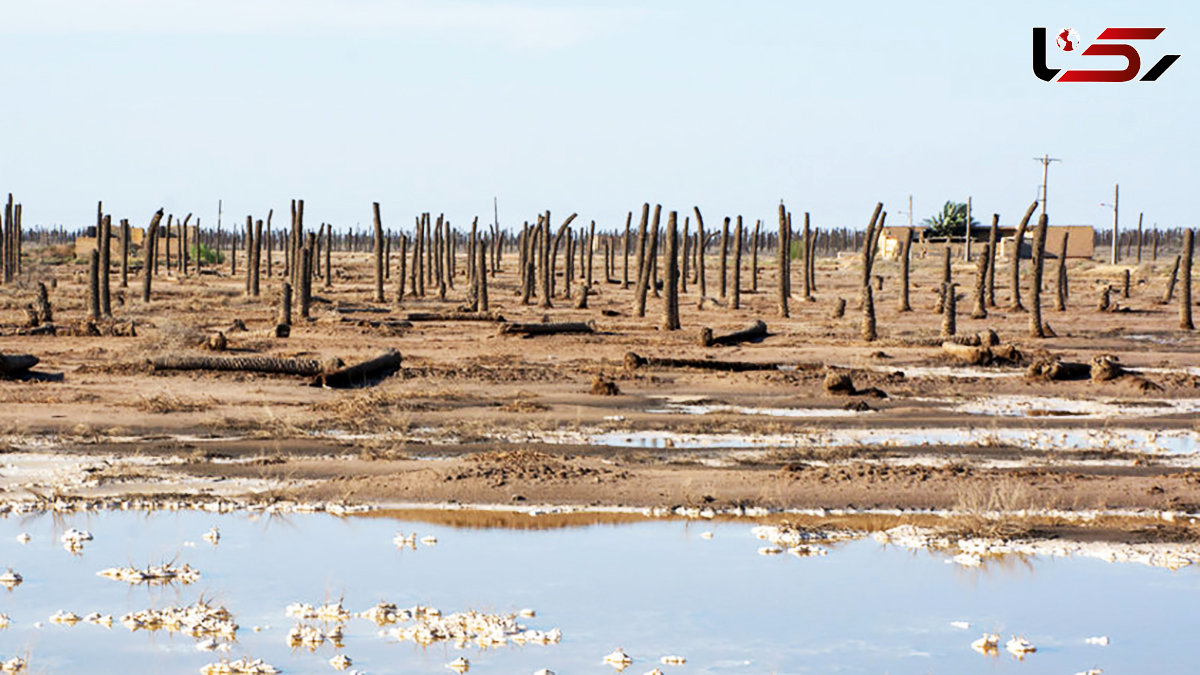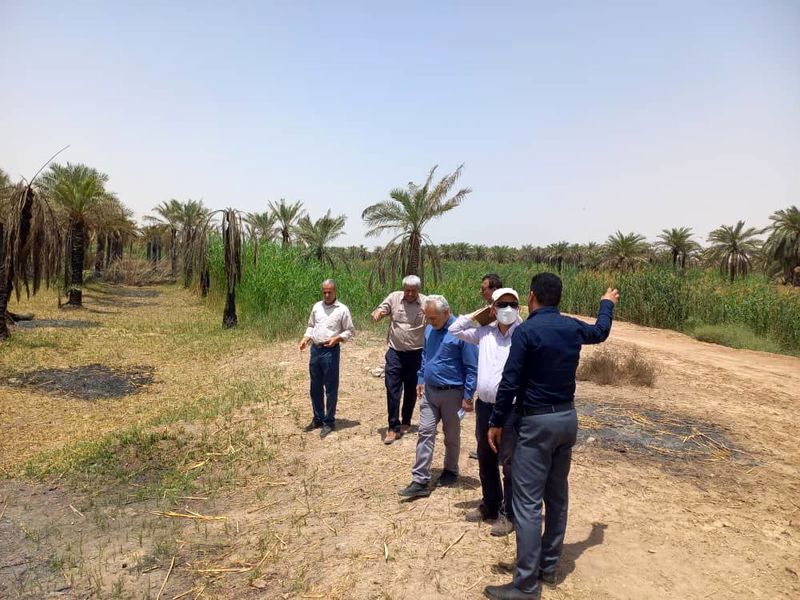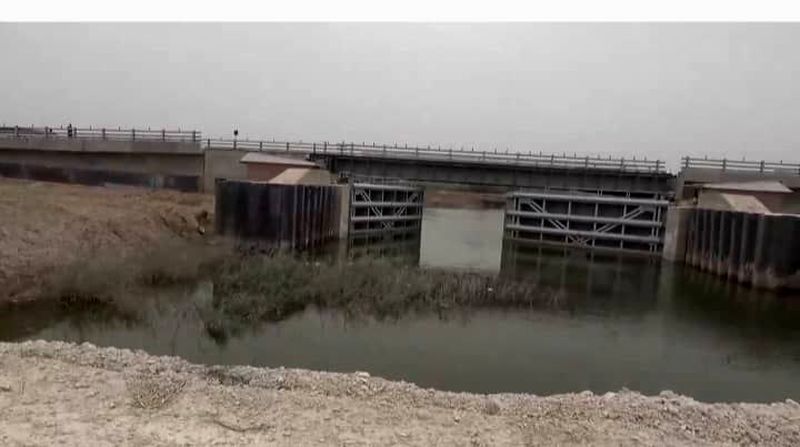Abbas Rabihavi, a Water Resources Researcher, in an Interview with Rokna:
Death of the Palms: A Symbol of Life Lost in Southern Iran’s Water Crisis
Rokna Economic Desk: The destruction of millions of palm trees in Abadan and the severe water crisis gripping the region are the direct result of years of mismanagement and flawed policymaking in the field of water resources. Despite repeated warnings from experts, the Ministry of Energy continues to insist on implementing unscientific and ineffective projects.

By Rokna Economic Desk: In the heart of Iran’s Khuzestan Province, a quiet catastrophe is unfolding. Over three million palm trees in Abadan—vital to the region’s economy, identity, and ecology—have died, victims not of climate alone, but of prolonged mismanagement in the country’s water governance.
Experts and local voices describe this as a "palm tree genocide." The Bahmanshir River, once a lifeline for Abadan and Khorramshahr, is on the brink of collapse. Increasing salinity, caused by excessive dam construction, unscientific water transfers from the Karun River, and failure to secure transboundary water rights, has made the river incapable of resisting the intrusion of seawater from the Persian Gulf.
“This isn’t just the death of trees—it’s the death of a heritage,” says Abbas Rabihavi, a water and environmental researcher based in Abadan. “Palms are considered human here. They are part of our culture, our livelihood, and our soul.”
Southern Iranians refer to each palm tree as a “person,” a testament to their deep emotional and cultural connection to the groves. The destruction of these groves—along with 32,000 hectares of agricultural land and the drying up of traditional irrigation routes—has devastated communities already burdened by economic hardship.

Rabihavi highlights the broader implications: “Fifty percent of the drinking water in Abadan and Khorramshahr comes from the Bahmanshir. The Abadan refinery, which provides a quarter of the nation’s fuel, depends on this river. And yet, in a province with over 23 billion cubic meters stored in dams, authorities cannot provide just 100 cubic meters per second to sustain two major cities.”
He blames flawed national policies and a lack of transparency. “The sugarcane industry alone consumes 4 billion cubic meters annually during peak drought, while Abadan receives almost nothing. Water is being diverted upstream for agriculture and industry—some of it illegal—leaving downstream communities to suffer. If there is drought, it should apply to all—not just the poorest.”
To make matters worse, government officials continue to promote infrastructure solutions—most notably the construction of three new dams—to combat seawater intrusion. However, Rabihavi argues that these projects are environmentally and technically flawed.
In 2022, a special expert panel appointed by the Ministry of Energy, including top water scientists and chaired by Isa Bozorgzadeh, reviewed the dam projects and found them to be unsound. Their report warned of serious ecological, economic, and social consequences. Despite this, the Ministry and Khuzestan Water Authority ignored the findings and pressed forward.
“Even with one of these dams, the Mard Dam, fully closed this year, salinity levels reached 13,000 microsiemens—13 times the safe limit for drinking and triple the tolerance level for palms,” Rabihavi noted. “These are not solutions. They are distractions.”
Rabihavi also responded to recent public remarks made by Bozorgzadeh, now the national water industry spokesperson, who blamed the crisis on local water misuse and social opposition to projects. “He was the same person who chaired the panel that rejected these dam projects,” Rabihavi said. “His recent statements are misleading and a clear deflection from the ministry’s failures.”

He further criticized the lack of accountability, saying the real issue is the government's prioritization of upstream development—especially inter-basin transfers to the central plateau of Iran—over the rights of southern communities.
The consequences are not just economic or environmental, but cultural and civilizational. Tidal patterns have been disrupted. Native fish migration has been blocked. Natural drainage systems have collapsed. Pumping stations, which are now the only lifeline for water access, are aging and inefficient. Without major reform in resource management and water rights, experts warn the region may lose the Bahmanshir entirely.
“In the end,” Rabihavi says, “we will have destroyed one of Iran’s last tidal rivers—a unique natural heritage—because we refused to listen. The time for action is running out, and the river is already gasping for breath.”
Send Comments